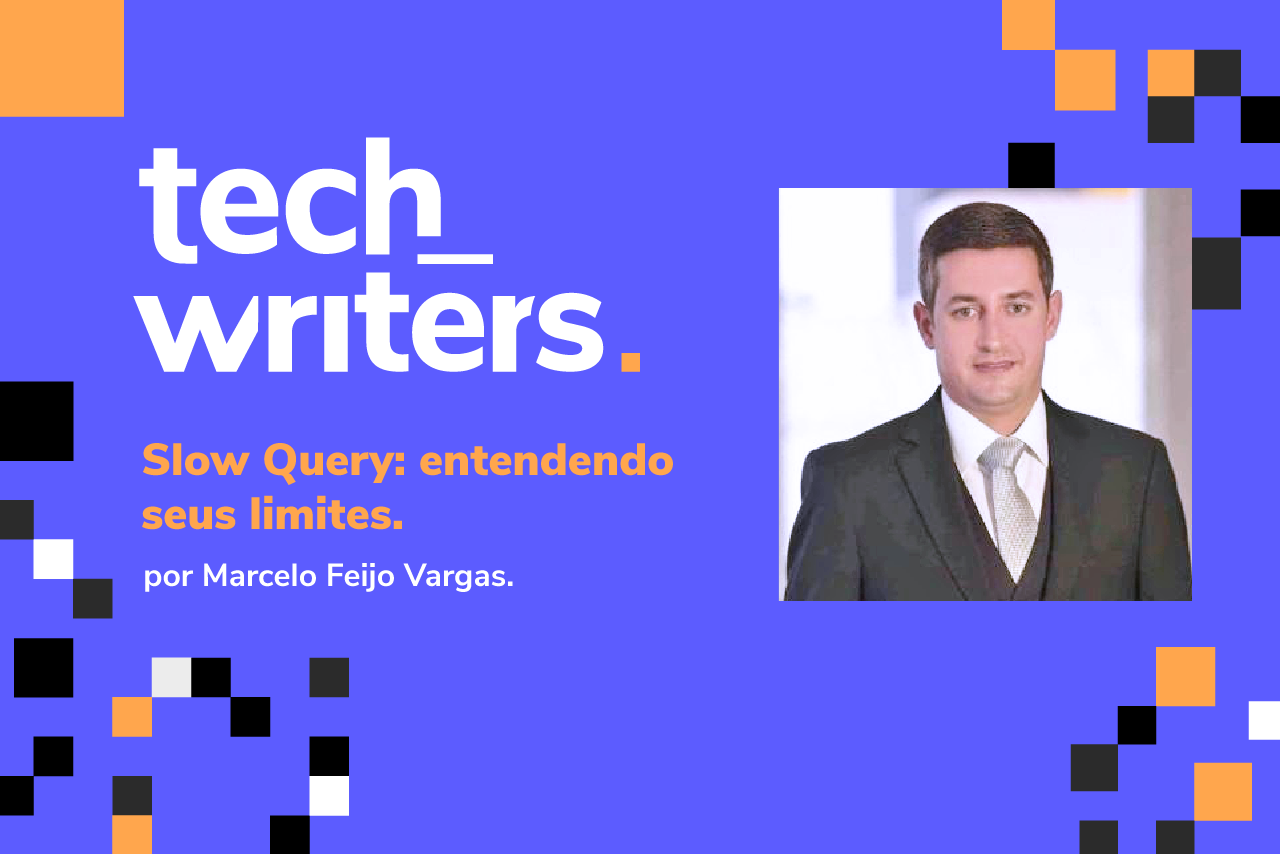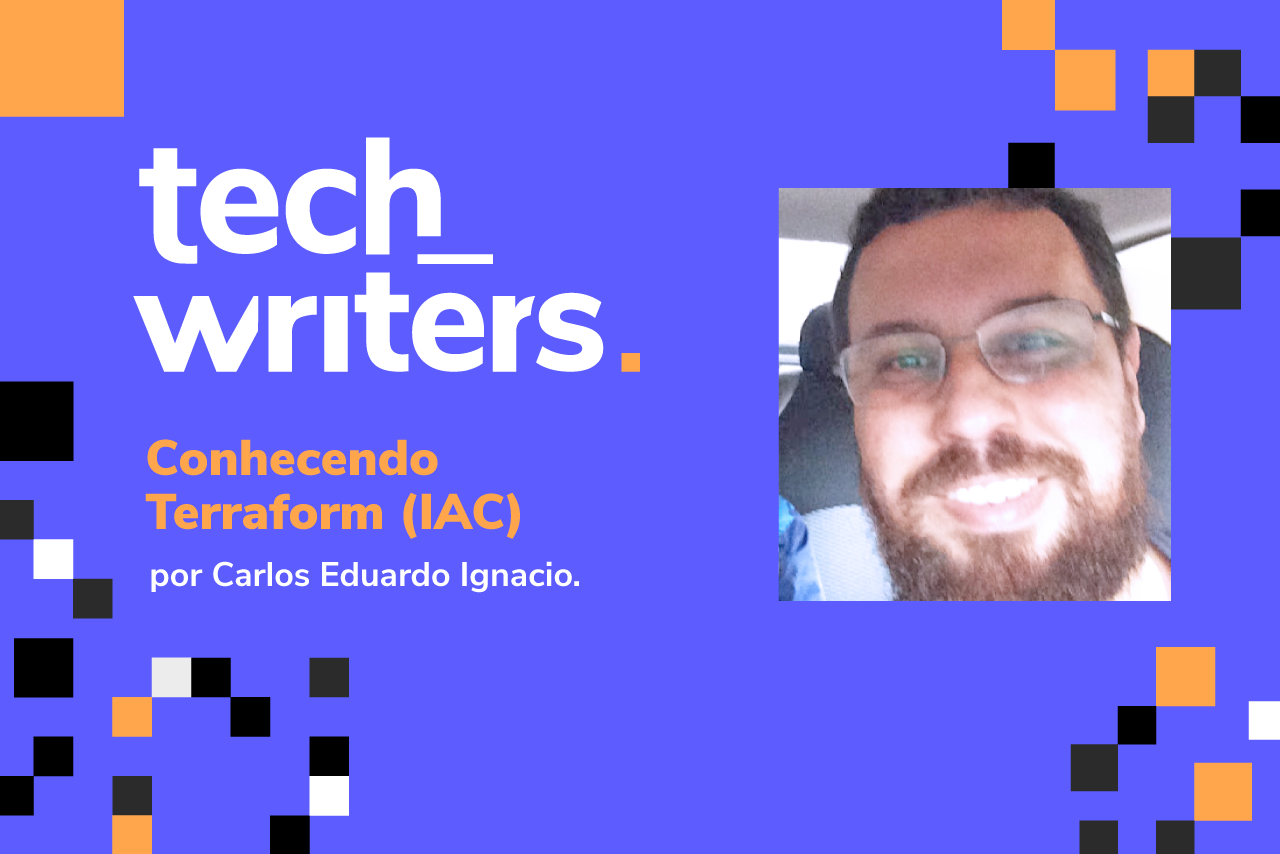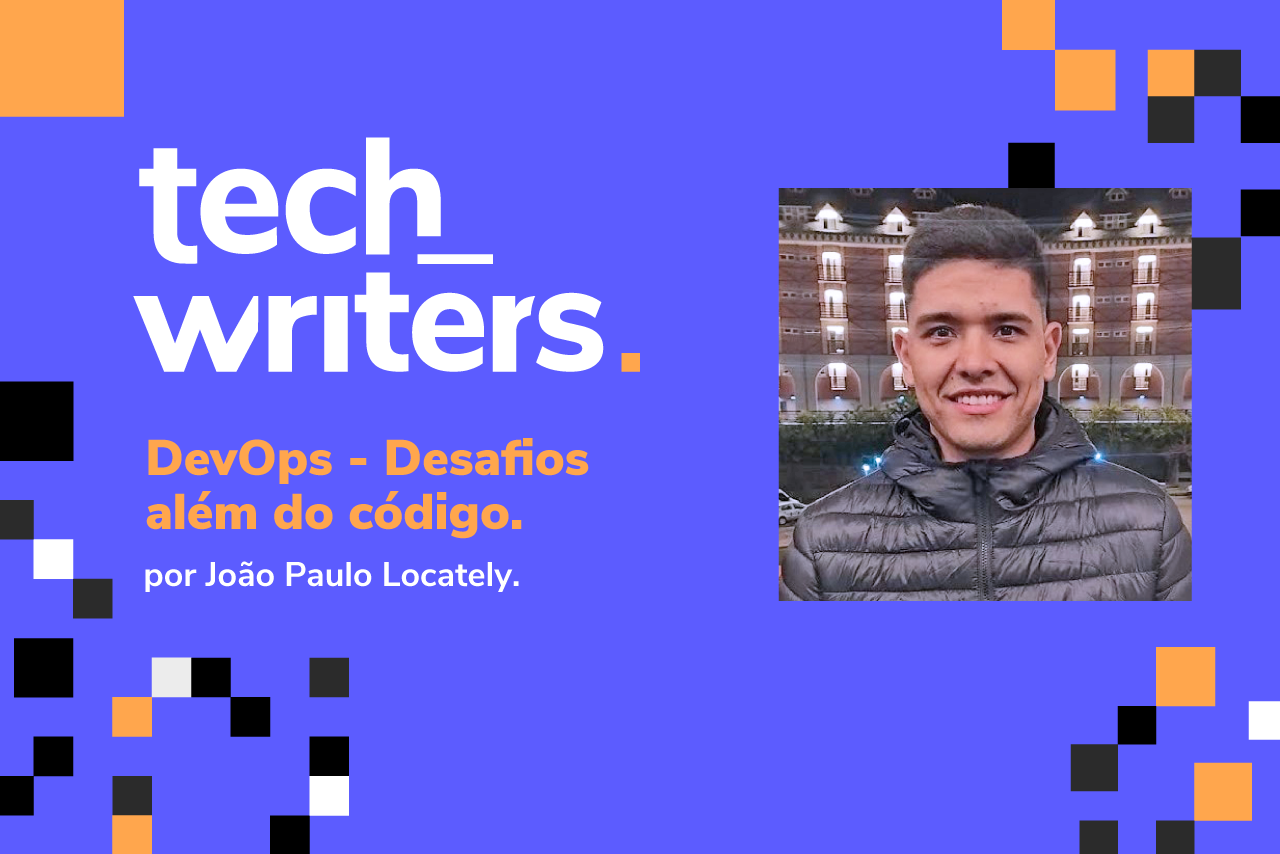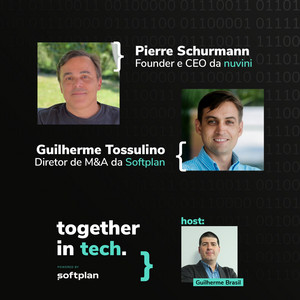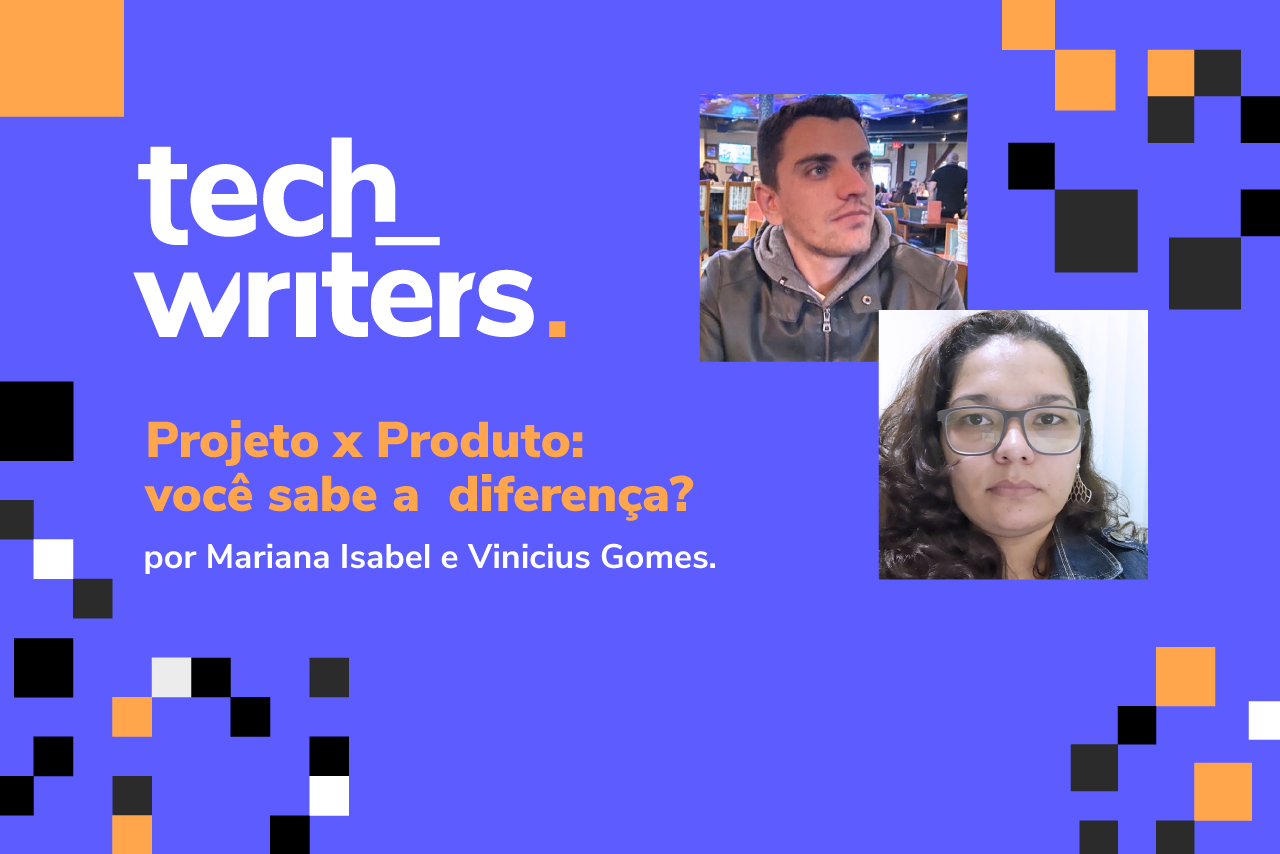Chip Conley, one of Airbnb's former strategic advisors, uses an interesting analogy to explain why we need innovation. In a playful scenario, we are the surfers (the entrepreneurs) monitoring the sea (the market). Good surfers can tell from afar whether it's worth catching a passing wave, or whether it's better to let it pass.
It's like a new business, looking for investors: you must know how to evaluate whether that venture is really worth it. The surfer who correctly assesses “which wave is best” will catch it first. In other words, the most tuned-in entrepreneurs take advantage of the blue ocean and get ahead of their competitors. Likewise, surfers also need to learn to recognize danger at sea and choose when not to face the risk. Keeping the business stable is also an option and positioning in the market. The problem is that some surfers don't even notice the wave coming, and are then swallowed by the water. They don't realize that innovation in companies, especially technology, is a survival strategy. After all, anyone at sea needs to monitor the way it moves. And innovation is one of the best strategies to follow your movement.
Promoting innovation in companies (whether incremental or disruptive) requires: alignment, communication, training, implementation and evaluation. Acting assertively in all these stages is what defines innovation performance and the results obtained. According to Bignetti (2002), it is also important that, in order to innovate, strategy is a dynamic process. We already understand that innovation is essential to take advantage of the best opportunities. But how can we implement such changes in Tech companies, with scenarios that are always so complex and agile? Using techniques and methods focused on optimizing processes, reorganizing the business structure, among other points covered in the concept of organizational design. Organizational design is one of the ways to encourage innovation in business, being a “wave” that should be taken advantage of by entrepreneurs. Therefore, we will explain everything about the topic in this article, in addition to teaching you good practices for implementing it. After all: what is organizational design?
Organizational design, when applied in an organization, implements relevant improvements in business performance. It is an interesting path to promoting innovation. Its main objectives are: Promote the optimization of processes and agility in decision-making; Restructure (functionally and even physically) teams and leaders to implement the necessary changes; Indicate the management and people engagement strategy to absorb the new culture and monitor the impacts of these changes. Thus, organizational design reviews processes and implements new standards focused on the desired changes. This concept has as its supporting pillars people, technologies and the company's strategic vision. It's simple: human beings act as the central actor of change, mastering technologies to achieve strategic objectives. Therefore, it is always important to ask ourselves how much we, as participants in an organization, understand our role as agents of transformation towards an innovative culture.
Furthermore, the main benefits of organizational design are: Increased organizational effectiveness; Greater team productivity; Reduction of turnover; Retaining talent; Mapping the organization's essential skills and knowledge; Boosting innovation in companies as a reflection of all of the previous items. What would be the steps for implementing organizational design? As everything in life assumes a path to reach a goal, some steps are necessary to implement organizational design in your business. We list them below: Elaboration of the organization's vision of the future; Identification of current work scenarios and patterns; Review of the purpose and direction of the business (new positioning); Review of the organizational structure in accordance with the first three items; Identification of operational obstacles that impede innovation; Promotion of a new culture and new behaviors; Investment in people, from training to recognition; Establishment of spaces for collaboration and ideation; Elimination of barriers between sectors and teams; Preparation of leaders for a new management model.
When defining a design process strategy, it is necessary to deeply evaluate the organization's current scenario. Some points must be raised: your strengths and weaknesses, the need for resources, deadline expectations and managers' opinions. Only then should a vision of the “new organization” be developed. Planning this new vision is a great challenge. It requires reviewing the organizational structure, simplifying the business, reorganizing teams, raising the necessary resources and improving management systems and models. The different types of business model structures (functional, divisional, matrix, network and project-based) require different actions to promote a more fluid and innovative organizational design. Reviewing the mental model that guides the performance of each area of the company is necessary in this process. From this action it will be possible to: Eliminate organizational silos; Prepare managers previously distant from the front line of the business; Discard inefficiencies; Optimize teams with transparency of responsibilities and breaking the culture of engagement for power.
Organizational design is, therefore, continuous and gradual, requiring the support of the new implemented model. Collaboration at all levels of the structure, from management to operations, is essential so that all opinions are considered in search of consensus, accountability and complementarity regarding the scope of the new processes carried out. Leadership must promote role clarity and team empowerment, balancing responsibility and autonomy. Do you know what holacracy is?
American Brian Robertson describes holacracy as a new way of managing an organization. In this administration, the weight of power is eliminated in a hierarchical structure, then replaced by a system of distribution of authority. The companies Globant and Airbnb have adopted this new way of managing.
To bring this reality closer to Brazil, we can talk about Letras, a company in the country that adopts differentiated management practices.
Did you know that the company Letras, based in Belo Horizonte/Minas Gerais, adopted an innovative layout to revisit, including physically, its work model? The office occupies an area of approximately 500m2, containing the following features: rooms for meetings or work that requires greater concentration; spaces with more collaborative proposals for informal meetings; eating and decompression spaces, which have a garden terrace as a natural extension. About Lyrics: Its main product, the website that stores lyrics and chords for songs from around the world, has a collection of 2.5 million songs. Every month, it receives more than 90 million visits from different people. Check out the complete cases at the links: Letters – Brazil; Airbnb – United States; Globant – Colombia.
Discover good practices in an organizational design project Any organizational design strategy requires prior contextualization. It is common and natural for a design project to be associated with some other company project, such as, for example, the implementation of a new system, internationalization of the business, creation of a franchise network, among others.
For this reason, here are the best practices for an organizational design project: Align the design proposal with strategic planning: when the design is “dislocated” from the business objective, it does not last; Ensure process transparency and communication between all levels: an “obscure” and poorly communicated design is not convincing; Reshape the culture considering the first two points: design has as its critical point the engagement of people, and this only happens when they are involved in the change and recognize the organization's values as their own values; Discover the iQmetrix Software case Qmetrix Software, a Canadian company based in Vancouver, is one of the largest providers of software solutions for specialized retail markets in North America.
In 2017, management was faced with the challenge of continuing to grow, while maintaining an open and non-hierarchical model. The objective was to maintain transparency and discussion of ideas as drivers of innovation. Therefore, iQmetrix opted to implement holacracy, ensuring a fluid organizational structure with shared leadership. The specialized consultancy hired by iQmetrix used different tools and methods to structure a new organizational design proposal. However, to the surprise of many, the tools are more traditional than the design itself: SWOT analysis, Porter forces analysis, value chain analysis, BCG matrix analysis, Ansoff matrix analysis and mix analysis of the company's marketing.
But don't be fooled. As I have already reported, organizational design is a continuous, collaborative and evolutionary process. By opting for a design structured by the concept of holacracy, iQmetrix brought to its routine operation the constant use of strategic model tools to ensure the alignment of this organizational change with the business objective and adaptation to external factors that can impact business management . The iQmetrix case, cited in the Harvard Business Review and described in the book “Organizational Design at iQmetrix: The Holacracy Decision” (by authors Ann Chris Street, Ann and Clayton Caswell Frost), is an example of applying organizational design to maintain the core innovative aspect of the business, especially during its expansion, ensuring a sustainable operating model through a holocratic approach. iQmetrix celebrated 20 years in 2019, with a network of more than 1000 stores and serving more than 20 thousand retail points of sale. The business carried out more than 90 million transactions in 2019. Also discover the Oticon case!
Furthermore, discover the list of pioneers registered by the Corporate Rebels team!
And then we come to the big question… Can organizational design stimulate innovation?
When an organization's strategic planning has innovation as its central point, its structure must correspond to this objective. This response involves redesigning the operation, management, culture and teams aiming for a new level of agility and response to an increasingly competitive market. So the answer is: yes! Do you want to be a more competitive company? Ensure a model that facilitates the creation and discussion of ideas. Do you want to be a more transparent company in decision-making? Eliminate communication barriers, readjust hierarchies and transform decisions into collaborative plans.
Do you want to promote continuous learning in the organization? Establish knowledge management processes and value communities of practice suffocated by an operation without time to look to the future. After all, as pointed out by Francischeto et. al (2019), it is important to invest in organizational culture, and not just in infrastructure to foster innovative activity. In 2016, a group of “corporate rebels” created a consulting company specializing in breaking with the traditional models established in several organizations. Organizational design has established itself as one of the tools most applied by the “Corporate Rebels” team with the speech “Make work more fun”.
Does it seem too fun to be a serious corporate initiative? “Corporate Rebels” won clients such as Microsoft, SAP, Gucci, Hugo Boss and Daimler. And what was one of the central working principles of these “rebel” agents? Flexible approaches encourage entrepreneurship and responsibility among employees. In one of his articles, Corpora Rebels consultant Joost Minnaar emphasizes: “Rigid organizations belong in the cemetery.” Models such as the inverted pyramid, autonomous and networked teams are approached as realistic visions of organizational design focused on innovation and the fluidity of the business model. “Innovation-oriented culture is defined as a set of values, norms and organizational cultural artifacts that support a company's capacity for innovation” (STOCK et al., 2013).
When the CEO of Oticon, a hearing aid manufacturer in Denmark, brought to the agenda the radical change that the company needed, back in the 90s, his first step was to work on the leadership model. And so, Lars Kolind created the “spaghetti model”: anyone with a good idea is free to bring together a team and act as leader of their own innovative project, be it a process, service or product. However, each project needs to compete with every other project trying to get off the ground. Contributors must attract sufficient resources and support for their idea to prosper, otherwise it will perish. “When I started at Oticon I felt a huge desire and need to design an innovative, fast moving and efficient organization. And that is what I did.” – Lars Kolind. Innovation in companies: the limit between chaos and dedicated energy Organizational design therefore presents itself as a practice capable of restructuring business models so that they incorporate innovation as a definitive strategy. This process requires a balance between the energy generated by an environment that fosters new knowledge and the focus on planned actions. This is because innovation, without proper execution, is neither productive nor profitable.
Furthermore, the climate established by the new culture must guarantee psychological safety for proposing innovations, without confusing creativity with a lack of alignment with strategic objectives. Just as environments supported by diversity, which promote exchange between cultures, need to be monitored so that plurality does not turn into conflict.
Innovation orientation is defined by the degree to which the components favor organizational transformation. Thus, organizational design continues to propose a revolution in the corporate world. In times of artificial intelligence, big data, and other powerful technologies, organizational design keeps in mind the importance of organizational models and people management to guarantee the full creative potential of human beings as a competitive advantage. Bibliographic references: BIGNETTI, Luiz Paulo. The innovation process in knowledge-intensive companies. Rev. Adm. contemp., Curitiba, v. 6, no. 3, p. 33-53, Dec. 2002. Available from http://www.scielo.br/scielo.php?script=sci_arttext&pid=S1415-65552002000300003&lng=en&nrm=iso. accessed on 09 Feb. 2020. http://dx.doi.org/10.1590/S1415-65552002000300003. FRANCISCHETO, LEELA L.; NEIVA, ELAINE R.. INNOVATION IN COMPANIES AND CULTURAL ORIENTATION TO INNOVATION: A MULTILEVEL STUDY. RAM, Rev. admin Mackenzie, São Paulo, v. 20, no. 3, eRAMG190135, 2019. Available from http://www.scielo.br/scielo.php?script=sci_arttext&pid=S1678-69712019000300304&lng=en&nrm=iso. accessed on 09 Feb. 2020. Epub July 10, 2019. http://dx.doi.org/10.1590/1678-6971/eramg190135.
Stock, R., Six, B., and Zacharias, N. (2013) Linking multiple layers of innovation-oriented corporate culture, product program innovativeness, and business performance: A contingency approach. Journal of the Academy of Marketing Science, 41(3), 283-299.
Did you enjoy learning a little more about organizational design?
Check out more content like this on our Blog!
Want to be our next Tech Writer? Check out our vacancies on the Career page!
